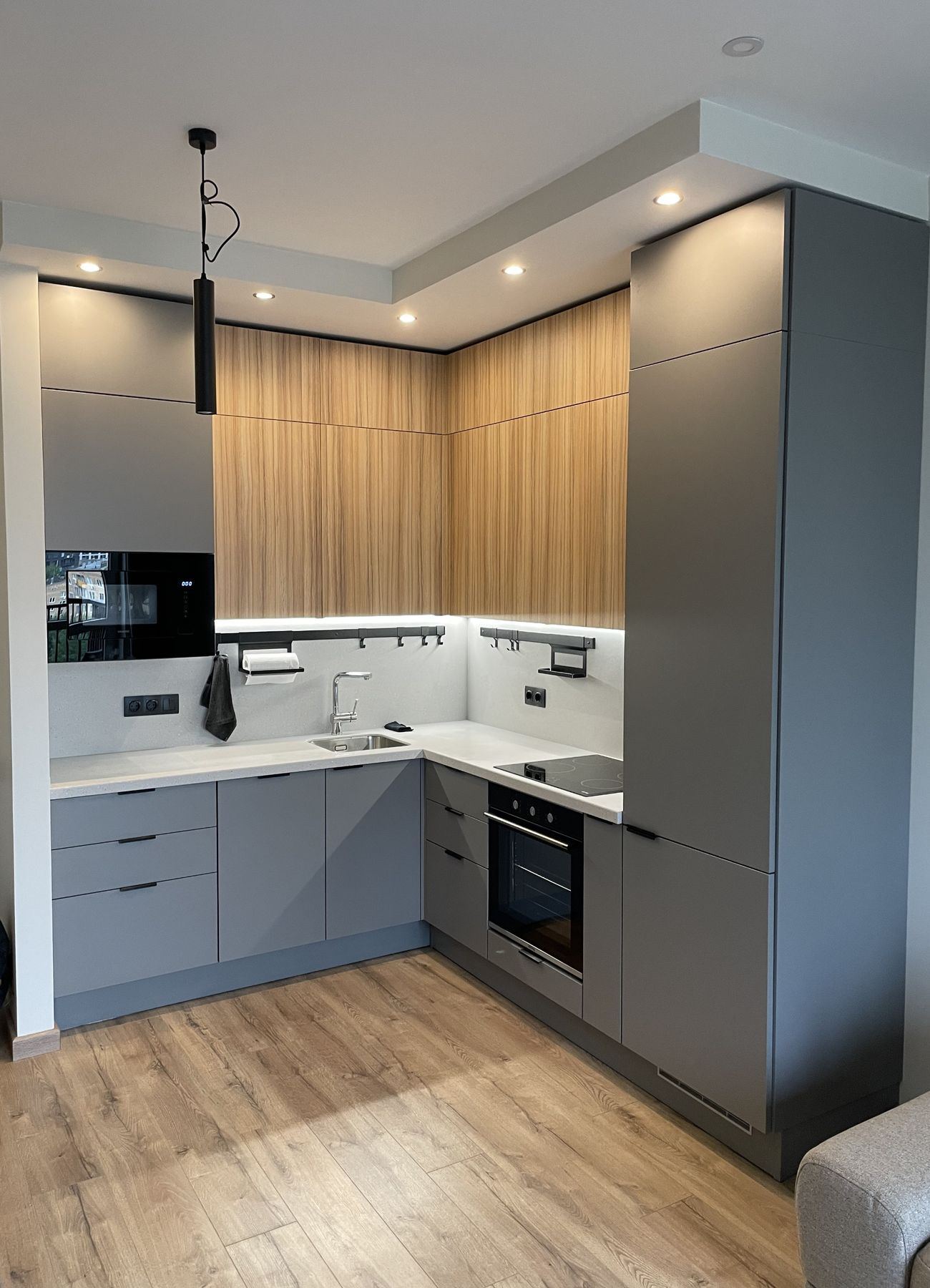
Crafting Culinary Masterpiece Spaces
Introduction to Culinary Spaces
The heart of a home or restaurant is often found in the kitchen. It's a place where creativity meets functionality, and where culinary masterpieces are brought to life. Crafting a space that caters to the needs of a chef, whether professional or amateur, is crucial to the success of the culinary experience. This article will explore the essential elements of designing a space that is both beautiful and practical, ensuring that culinary artistry can flourish.
The Essence of Functionality
The first priority in crafting culinary masterpiece spaces is functionality. Every design decision must enhance the chef's ability to work efficiently and safely. This includes considering the ergonomic placement of appliances, the workflow from prep station to stove to sink, and the accessibility of utensils and ingredients. Spaces should be designed to reduce unnecessary movement, streamline the cooking process, and increase overall kitchen efficiency.
Incorporating Aesthetics and Style
While functionality is vital, the aesthetics of a culinary space cannot be overlooked. The design should reflect the personality and style of the chef or establishment. From minimalist modern kitchens with sleek lines and cool tones to traditional setups with warm woods and cozy hues, the appearance of the space contributes to the ambiance and can inspire creativity. Lighting also plays a crucial role, with a combination of task lighting for function and ambient lighting to create the right mood.
Materials and Durability
Selecting the right materials is a cornerstone of both durability and design. High-quality, durable materials withstand the wear and tear of daily cooking activities while also contributing to the overall look of the space. Stainless steel, granite, and hardwoods are popular choices that offer longevity as well as visual appeal. Alongside the materials, finishes and textures add depth and interest to the kitchen, inviting chefs and diners alike into a sensory experience.
Advanced Technology and Appliances
To produce a true culinary masterpiece, chefs require the best tools of the trade. Investing in advanced technology and top-of-the-line appliances can significantly enhance the cooking experience. Features like induction cooktops, convection ovens, and smart refrigerators are not only efficient but also can be integrated into the design to maintain a sleek and sophisticated space.
Customization and Personal Touches
A masterpiece kitchen should also include elements that are tailored to the unique needs and preferences of the chef. Custom storage solutions, pot fillers above the stove, or a built-in espresso machine are just a few examples of personalized touches that can make a space more enjoyable and functional. Involving the chef in the design process ensures that the final product will truly meet their needs.
Conclusion: The Art of Kitchen Design
Creating the perfect culinary space is a blend of art and science, requiring thoughtful consideration of both functionality and form. By focusing on the flow of work, selecting durable yet attractive materials, integrating the latest in kitchen technology, and adding customized touches, one can craft a space that not only looks stunning but also elevates the cooking experience. In the end, a well-designed kitchen is instrumental in the creation of culinary masterpieces and the joy of those who create and consume them.